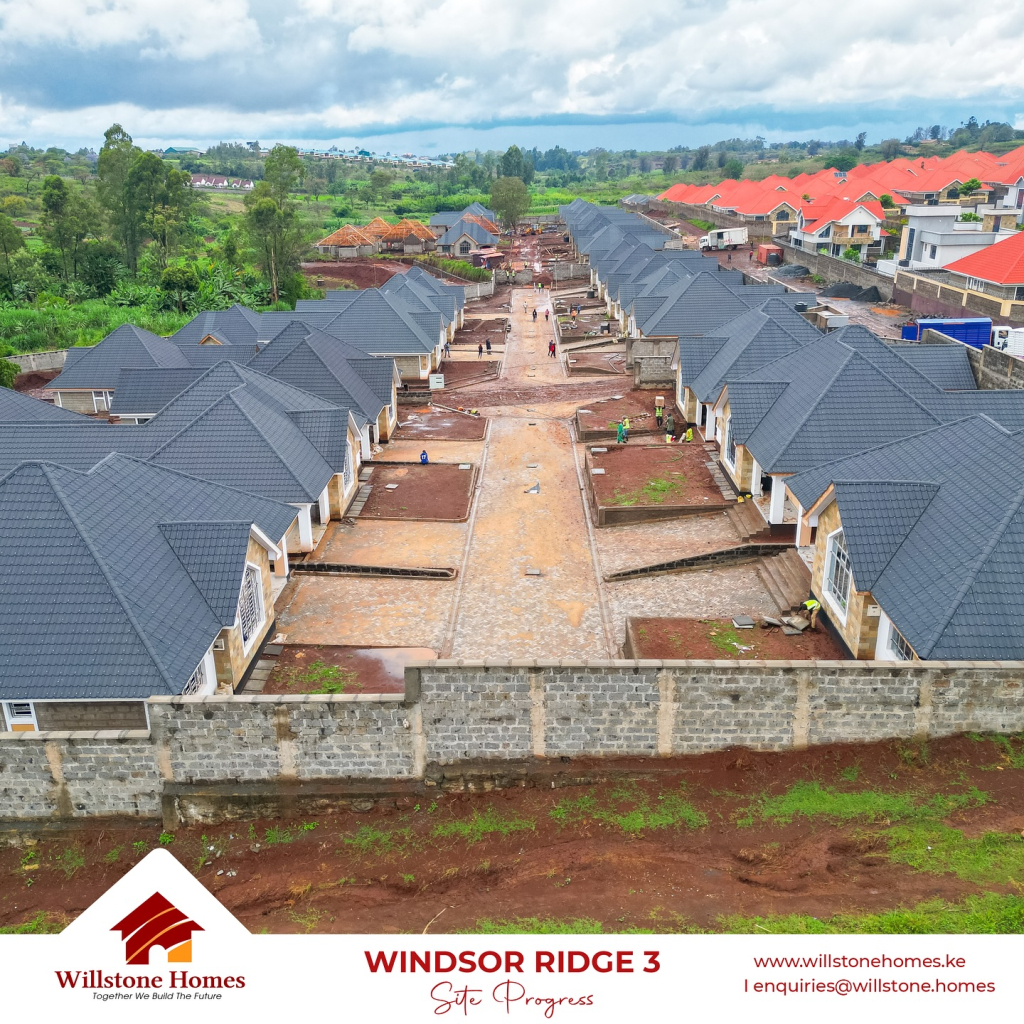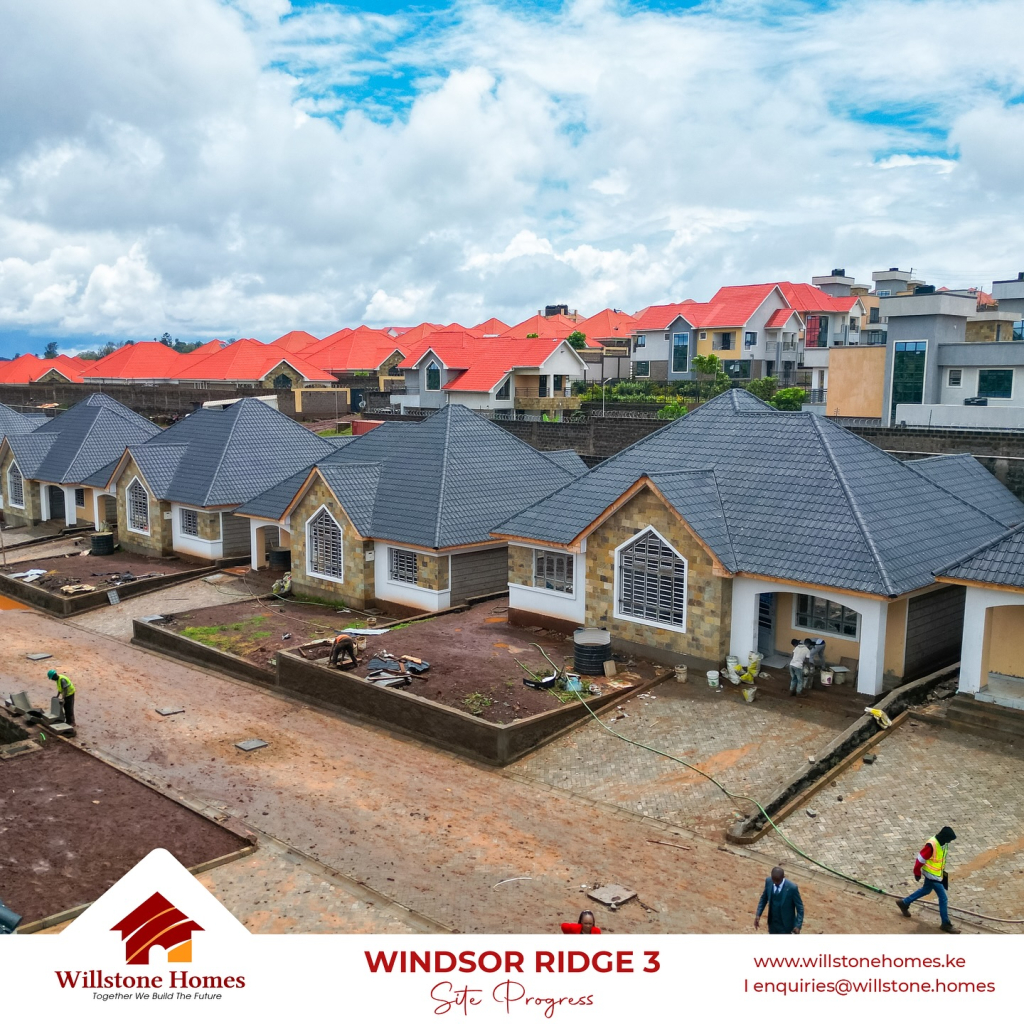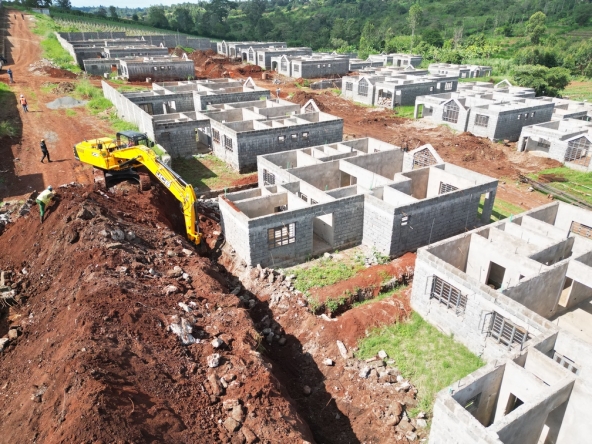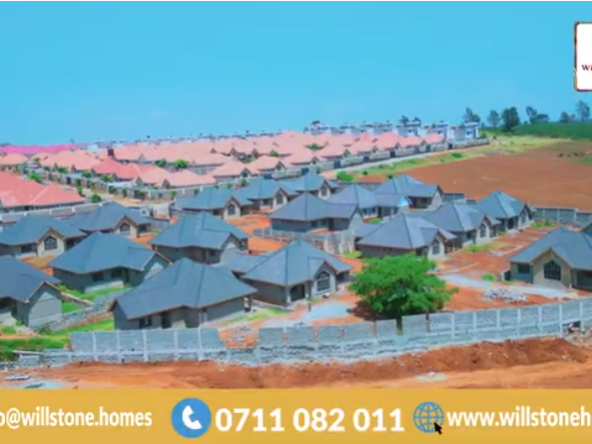As Nairobi’s skyline expands outward rather than upward, mid-rise apartments—typically between four and eight floors—have become the heartbeat of urban housing. They offer a balance between affordability and sophistication. But behind the convenience of pressing an elevator button lies a quiet financial and infrastructural equation: elevator maintenance and accessibility in Nairobi apartments is shaping both property values and tenant satisfaction.
While living on higher floors offers breathtaking city views, better ventilation, and improved security, it also carries invisible costs that many buyers or renters rarely calculate—costs linked to power consumption, service charges, safety systems, and even daily convenience.
The Rising Middle Class and Vertical Living

Over the past decade, Kenya’s urban middle class has been steadily shifting toward vertical housing. A 2024 survey by the Kenya Property Developers Association (KPDA) found that nearly 58% of new urban developments in Nairobi, Kiambu, and Syokimau are mid-rise apartments with shared lifts.
Developers install elevators primarily to enhance accessibility and attract premium tenants—but in reality, it becomes a long-term maintenance burden. Lifts require not just electricity but regular servicing, licensed technicians, and safety certifications from county authorities.
The True Cost of Elevation
Most elevator-equipped apartments in Nairobi charge residents a monthly service fee that includes lift maintenance, power, and periodic inspections. According to data from Broll Kenya, buildings with elevators charge between KSh 8,000 and KSh 15,000 per month in service fees, compared to KSh 3,000 to KSh 6,000 for walk-up flats.
| Building Type | Average Monthly Service Fee | Power Consumption (per lift) | Inspection Frequency |
|---|---|---|---|
| 5-storey walk-up | KSh 3,500 | N/A | N/A |
| 5-storey with 1 lift | KSh 8,000 – KSh 10,000 | 500–700 kWh/month | Quarterly |
| 7-storey with 2 lifts | KSh 12,000 – KSh 15,000 | 900–1,200 kWh/month | Bi-monthly |
Source: Broll Kenya Property Services, 2025
Beyond costs, lift accessibility often dictates the lifestyle of residents. Elderly tenants and people with mobility challenges find upper floors attractive only if the elevator is reliable. Yet frequent power blackouts or poor maintenance can make such units practically unlivable.
The Safety Equation

The Nairobi County Government requires all buildings with elevators to undergo safety inspections twice a year, but enforcement remains inconsistent. A 2023 report by the Architectural Association of Kenya (AAK) noted that only 65% of apartment elevators in Nairobi had up-to-date maintenance certificates.
Safety incidents—though rare—usually stem from delayed maintenance or power surges. Backup systems such as Automatic Rescue Devices (ARDs) that lower a stalled elevator to the nearest floor during outages are still absent in many mid-tier apartments, creating a false sense of security for residents.
Stairs as a Lifestyle Filter
For tenants on lower floors, staircases remain an affordable alternative and even a form of daily exercise. But for higher floors, stairs can quickly turn into a liability—especially for parents with young children, seniors, or those carrying groceries daily.
Property managers note an interesting pattern:
- Younger professionals (ages 25–35) are willing to live on higher floors for the views and quiet.
- Families with toddlers or aging parents prefer the 1st–3rd floors, where stairs remain manageable.
- Investors tend to buy mid-level floors (3rd–5th), which have broader rental appeal.
In short, elevation now divides lifestyles as much as it divides floors.
When the Lift Stops, Life Slows Down
During power outages, elevator downtime can turn daily routines chaotic. Some apartments lack backup generators or restrict their use to limited hours to save on fuel. Residents often find themselves stranded with groceries or children—or forced to climb five or more flights daily.
For developers, adding elevators is both a marketing asset and a liability. Maintenance contracts, spare parts, and compliance costs can eat into profits if not planned early. Property managers estimate that annual elevator maintenance in Nairobi ranges from KSh 250,000 to KSh 400,000 per lift, depending on brand and usage frequency.
Balancing Comfort and Cost

So, is living higher worth it? It depends on your lifestyle priorities. If you value scenic views, privacy, and fresh air, the upper floors justify their price tag. But for families, elderly residents, or those seeking budget-friendly comfort, ground and mid-level units remain the sweet spot.
As urban living continues to evolve, buyers and tenants alike must look beyond aesthetics. The sustainability of elevator maintenance and accessibility in Nairobi apartments will increasingly define the true cost of modern comfort.
Kenya’s vertical housing boom is redefining what it means to “move up in life.” Elevators have become symbols of progress, but they also mirror the economic and logistical realities of maintaining convenience in an unpredictable power grid.
For developers, it’s a reminder to build smarter—with reliable backup systems, transparent service contracts, and resident education. For buyers, it’s a call to ask tougher questions before signing the lease.
Because in Nairobi’s evolving skyline, comfort isn’t just about how high you live—it’s about how sustainably you can stay there.




